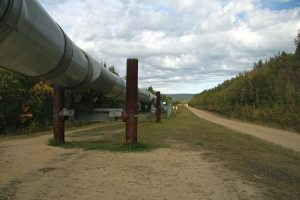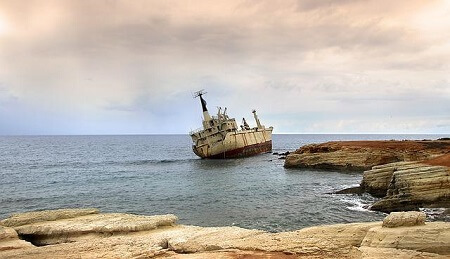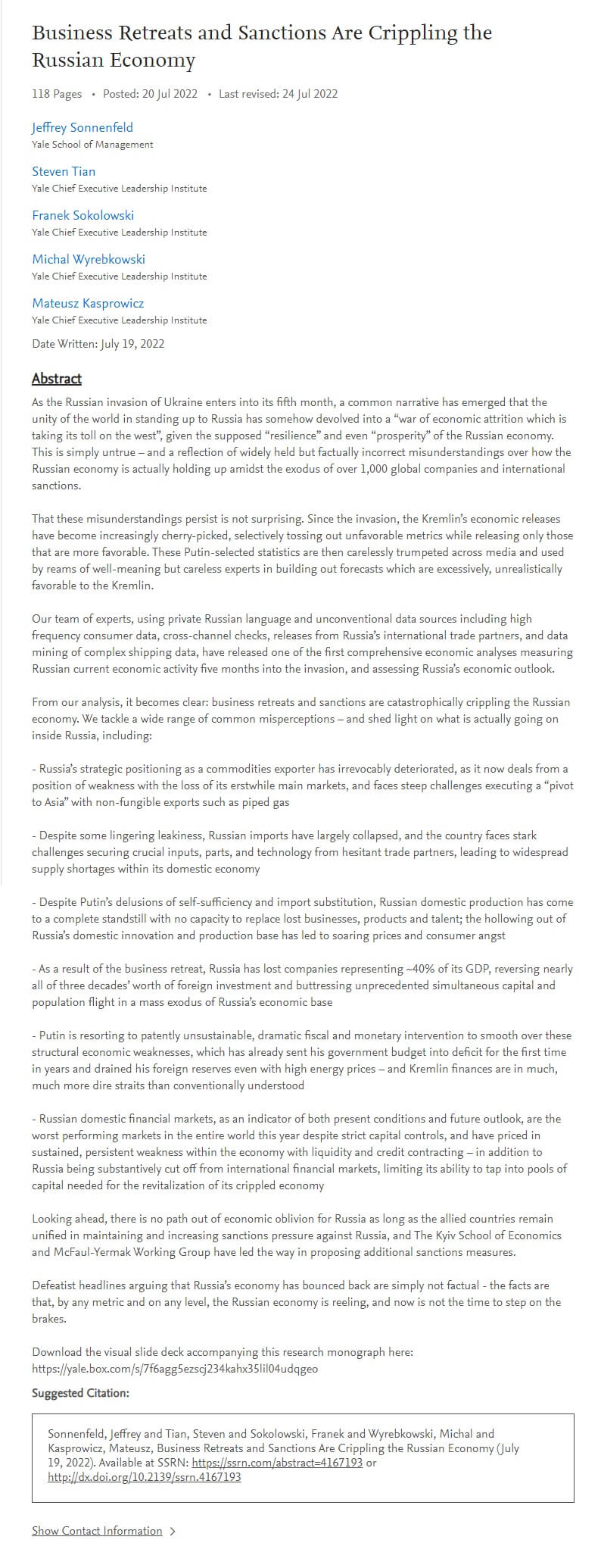 Russian economic statistics are not reliable anymore, since the agency in charge of their publication is cherry-picking which data is released. Simply said, all the indicators pointing to an economic crisis are now confidential, leaving economists to extrapolate from pre-war data.
Russian economic statistics are not reliable anymore, since the agency in charge of their publication is cherry-picking which data is released. Simply said, all the indicators pointing to an economic crisis are now confidential, leaving economists to extrapolate from pre-war data.
Economists at Yale have instead gone back to raw high-frequency data to recalculate the monthly figures. This first comprehensive review shows a significant economic retreat. Simply said, the Russian economy is reeling.
Foreign Policy journalists have used the academic paper to debunk 9 myths about Russia’s resilience to Western sanctions:
Myth 1: Russia can redirect its gas from Europe to Asia
- Only 10% of Russian gas is liquified and can be transported by tanker. 90% remains in gas form and must be shipped by pipeline. There is no pipeline towards Asia, so only a fraction of Russian gas can be redirected.
 This will not change any time soon. Building new pipelines requires technology, funding and time, which are all dearly missing.
This will not change any time soon. Building new pipelines requires technology, funding and time, which are all dearly missing.- As a result, Russia is more dependent on Europe for its exports than Europe is dependent on Russia for its imports. Russia’s exports are 83% European. Europe’s import are only 46% Russian.
- More Russian gas is staying in the ground – the production is down at least 35% in volume.
Myth 2: Russia can sell more of its oil to Asia
- Russia is at a disadvantage in negotiations and the purchasers are leveraging the situation. China and India have extracted an unprecedented $35 /bbl discount (the largest ever discount was $5 before that).
- Also tankers take 35 days to reach Asia instead of 2 to 7 days to reach Europe, meaning that the distribution capacity is heavily impacted by the longer distance.
- Furthermore, Russia’s extraction cost is higher than Middle East producers; the upstream margin is significantly eroded by the higher transportation costs and the lower price tag.
Myth 3: Russia is making up for lost Western business and imports with Asia
- Russian imports, which represented 20% of its GDP, have fallen by more than 50%.
- Asia is not compensating the loss of imports from the West.
- Chinese exports to Russia in particular have fallen from $8.1 bn to $3.8 bn: US and European sanctions, which would prevent Chinese companies from selling to significantly larger export markets, are an effective threat.
 Myth 4: Russian domestic consumption remains strong
Myth 4: Russian domestic consumption remains strong
- Some sectors are more impacted than others. Industries generally dependent of imports have fallen by 40-60%, due to supply chain issues and lower demand. Car manufacturing, which is dependent on foreign parts have ground to a halt (down 95%).
- The Russian Managers Purchasing Indices have plunged.
- Consumer spending and retail sales are down an estimated 20%.
Myth 5: Global business, capital and talent flights are overstated.
- Global businesses represent 12% of Russia’s workforce.
- Companies representing 40% of Russia’s GDP have curtailed operations.
- 500,000 individuals have left, mostly the highly educated and technically skilled workers that Russia needs.
- Moscow’s mayor has acknowledged major job losses as businesses are exiting.
Myth 6: Putin is running a budget surplus thanks to high energy prices.
- Russia’s budget is on route to a deficit equivalent to 2% of the country’s GDP, despite the rally on oil & gas prices. The government is on a spending spree: military expenses, monetary interventions, fiscal stimulus…
 Myth 7: The rainy day fund can absorb all the spending.
Myth 7: The rainy day fund can absorb all the spending.
- $300 bn of the $600 bn foreign reserves have been frozen abroad, and there are calls to use the assets to reconstruct Ukraine.
- The remaining assets are decreasing at an alarming rate ($75 bn are already gone).
- The Russian finance minister is budgeting using a third of the National Wealth Fund to cover for this year’s deficit. The statement clearly indicates a budget shortfall.
- Russian financial institutions are supposed to have assets that could be used as complement. Although it is technically true, these firms are unfortunately already under sizeable financial strains themselves.
 Myth 8: The ruble is the world’s strongest-performing currency.
Myth 8: The ruble is the world’s strongest-performing currency.
- Putin’s favorite propaganda talking point is illusionary. The ruble is not free floating, thanks to draconian capital control. Russian individuals are prevented by law from buying or accessing foreign currencies. Exporters are forced to buy rubles.
- Ruble exchange volumes are dramatically lower than before; a lot of trading has gone into the black market.
Myth 9: No more sanction or economic pressure are needed
- O&G exports still sustain Putin’s military effort and his domestic spending.
- Further sanctions are in the making, targeting individuals, energy and the financial system.
- The West remains united and committed into bringing the Russian economy to oblivion.

There is little doubt that the Russian economy is tanking…
Credits:
- Franek Sokołowski, Michał Wyrębkowski, Mateusz Kasprowicz, Michał Boroń, Yash B., and Ryan Vakil for the academic research
- Jeff Sonnenfeld and Steven Tian, the authors of the Foreign Policy article
Sources:
- SSRN, July 20, 2022, Business Retreats and Sanctions Are Crippling the Russian Economy
- Foreign Policy, July 22, 2022, Actually, the Russian Economy Is Imploding



